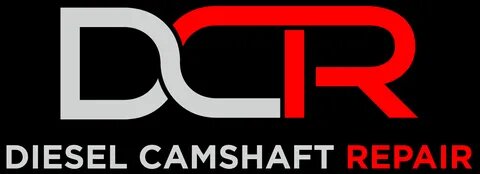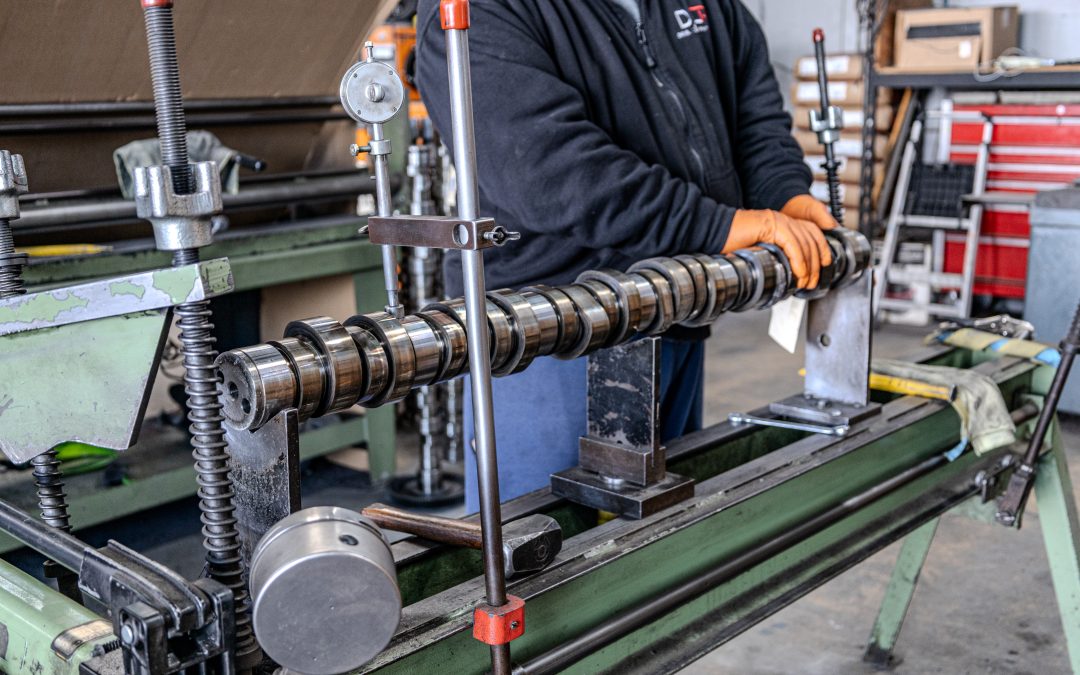Semi-trucks are built for power, endurance, and torque. Torque is what allows these massive vehicles to haul heavy loads. It gives them the strength to climb hills, pull trailers, and power through rough terrain. When it comes to improving performance, many focus on the turbo or exhaust system. But one of the most effective ways to increase torque lies deep inside the engine—the camshaft. Camshaft modifications on a semi-truck can lead to major gains in low-end power and pulling strength. Let’s explain how this works in straightforward, easy-to-understand terms.
What Does a Camshaft Do in a Semi-Truck?
The camshaft is a vital part of the engine’s internal system. It controls when the intake and exhaust valves open and close. These valves allow air and fuel to enter the engine and exhaust gases to exit. Timing is everything. If the camshaft opens the valves too early or too late, performance suffers. A well-tuned camshaft ensures that the engine breathes efficiently. This leads to stronger combustion, better fuel use, and more torque. In diesel engines, where torque matters more than horsepower, camshaft timing is even more important.
Torque vs. Horsepower: What’s the Difference?
Many confuse torque with horsepower, but they serve different purposes. Torque is the twisting force that moves the truck forward. It’s what you feel when a truck pulls a heavy trailer from a stop. Horsepower, on the other hand, measures how fast that work can be done over time. For semi-trucks, especially those hauling big loads or climbing steep grades, torque is king. Increasing torque improves pulling power, low-end performance, and fuel efficiency. That’s why camshaft mods focus on improving torque at lower RPMs where trucks spend most of their time.
How Camshaft Modifications Increase Torque
Modifying a camshaft changes how long the valves stay open and how early or late they open. These adjustments are called camshaft profiles. A camshaft with a “torque grind” is designed to open the intake valve sooner and close it later. This lets more air and fuel into the combustion chamber, increasing the explosion’s strength. More pressure equals more torque. It also allows the engine to burn fuel more efficiently at lower RPMs. The end result? Better throttle response, stronger low-end pull, and smoother acceleration under load.
Key Camshaft Terms You Should Know
To understand camshaft upgrades, here are a few terms to know:
- Lift: How far the valve opens. Higher lift allows more air/fuel to enter.
- Duration: How long the valve stays open during a cycle.
- Lobe separation angle (LSA): The distance between intake and exhaust lobes on the camshaft.
- Overlap: When both intake and exhaust valves are open at the same time.
A camshaft designed for torque typically has lower lift, shorter duration, and a wider lobe separation angle. These changes boost cylinder pressure and torque at lower RPMs.
Benefits of Camshaft Modifications in Diesel Engines
Diesel engines in semi-trucks already produce more torque than gasoline engines. But camshaft upgrades can amplify that even more. The biggest benefit is increased low-end torque, which is ideal for towing and heavy loads. Modified camshafts also improve fuel combustion efficiency, which can reduce fuel consumption. Another perk is better engine responsiveness, especially during takeoff or when downshifting. Cam upgrades can also extend the engine’s powerband, giving drivers smoother acceleration across more RPM ranges. For fleet operators, this can lead to lower fuel costs and less engine strain over time.
Real-World Use: When Camshaft Mods Make Sense
Camshaft upgrades are not for every semi-truck. They make the most sense when:
- Trucks haul heavy loads frequently
- The route involves steep inclines or mountain driving
- Performance needs a boost without major engine changes
- The engine is already being rebuilt or upgraded
If your truck spends most of its time cruising on flat highways, the torque gains may be less noticeable. But for vocational trucks, dump trucks, or long haulers facing tough terrain, the benefits are huge. A torque-optimized camshaft can improve drivability, reliability, and driver satisfaction.
Pairing Camshaft Mods with Other Upgrades
For the best results, camshaft modifications should be paired with supporting upgrades. Some popular combinations include:
- Turbocharger Tuning: Helps the engine breathe better at all RPM levels.
- ECU Reprogramming: Adjusts fuel and timing maps to match the new camshaft.
- Exhaust Upgrades: Reduces backpressure and supports better airflow.
- High-Flow Injectors: Delivers more fuel to take advantage of increased airflow.
These supporting mods allow the engine to fully benefit from the camshaft’s new timing. Think of it as tuning the entire system, not just one part. The better everything works together, the more torque you’ll gain.
Installation: What to Expect
Camshaft upgrades are not plug-and-play. The process involves removing the engine head and timing components. It’s labor-intensive and requires skill and precision. For semi-trucks, installation is best done by a diesel engine specialist or a trusted performance shop. The engine will likely need to be recalibrated after installation. This ensures the new camshaft doesn’t throw off timing or fuel delivery. Expect some downtime, but the long-term gains make it worthwhile. Proper installation is key to preventing damage and getting the best performance boost.
Does It Affect Reliability?
A properly installed and tuned camshaft modification will not reduce engine life. In fact, by improving airflow and combustion, it can reduce stress on internal components. This leads to cleaner operation and less wear over time. However, using the wrong cam profile can lead to poor idle quality or rough performance. That’s why working with professionals who understand diesel cam profiles is so important. When done right, a camshaft upgrade can actually make your engine run smoother and more efficiently.
Cost vs. Reward: Is It Worth It?
Camshaft modifications vary in cost depending on the engine type and labor involved. The camshaft itself might range from $500 to $2,000, depending on the material and grind. Labor could add another $1,000 to $2,500, depending on the complexity of the install. While it’s not a cheap upgrade, the return can be well worth it. Improved pulling power, better fuel mileage, and longer engine life can easily pay off over time. If you’re already rebuilding the engine or upgrading performance, this is a smart investment to consider.
The Bottom Line: Stronger Pull, Smoother Drive
Modifying your camshaft is one of the smartest ways to increase torque in a semi-truck. It enhances how the engine breathes, improves fuel efficiency, and adds serious low-end power. While it requires investment and careful tuning, the rewards are long-term. You’ll notice improved pulling strength, smoother climbs, and more control under heavy load. For drivers who demand more from their rigs, a camshaft upgrade delivers where it matters most—torque. And when torque goes up, performance, reliability, and efficiency follow. If you’re serious about upgrading your semi-truck’s performance, this is a move worth making.

